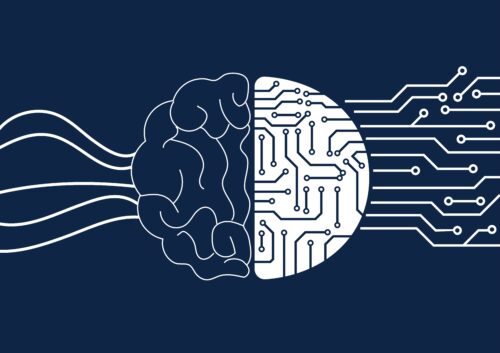Learning’s Role in Digital Transformation

Instead, it refers to organizations adopting new technologies or adapting existing ones to achieve efficiencies in business; using technology to improve what were once analog processes. In essence, it means a lot of automation (and maybe some robots) are on the way — or already here.
While the enterprise contemplates its digital future, learning is already headlong into its own transformation. Organizations are rethinking the ways they deliver learning to create more efficient ongoing experiences that can have real impact on the business. But learning has a unique challenge in the face of the digital transformation. It is not only being transformed but must simultaneously facilitate its transformation.
As new technologies, processes and protocols are introduced, learning must ensure the workforce possesses the necessary skills and behaviors to move the organization forward. There are no companies whose digital transformation roadmap includes firing everyone and hiring new workers, so learning is tasked with ensuring critical skills are available and delivering them in ways that embody what digital transformation is all about. Trying to push the organization forward with a four-hour in-person PowerPoint presentation is self-defeating, to say the least. Digital transformation itself must be agile and efficient.
The good news is that companies are already pushing forward with new learning experiences and technology providers are arming them with digital-ready tools and online training courses. Machine learning and AI are changing how people interact with learning, creating personalized, relevant experiences while eliminating redundancy and re-learning. Simulations and virtual reality create learning experiences that were never possible before. Overall, learning technology is making it so that no matter where they are, people have the knowledge they need to succeed.
Learning leaders should recognize their role in this transformation and ensure they have a seat at the table when strategy is planned and developed. Learning cannot be reactive during the digital transformation or it risks becoming a roadblock rather than an accelerator.





